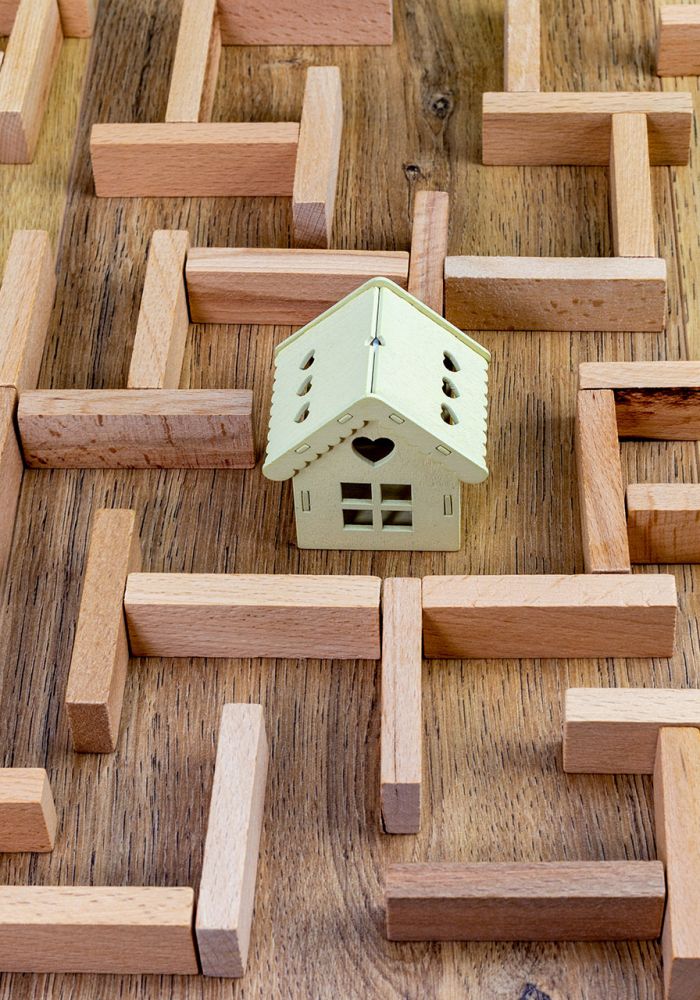Planning for your safety and the safety of those living in your home is vital to your well-being.
A Safety Plan is a personalized, practical plan that includes ways to remain safe while in a relationship, planning to leave, or after you leave.

A Safety Plan - While living with an abusive partner
Identify safe areas of your home
Safe areas have ways to escape
If arguments arise, move to the safe area
Don’t run to where the children are located
If violence is unavoidable, make yourself a small target
Go to a corner, curl up into a ball, protect your face
If possible, have a phone accessible
Always know what numbers to call for help
If your life is in danger, call 911
Let trusted friends and neighbors know in case you need help
Teach your children how to get help
Teach your children not to get involved in the violence
Tell your children that violence is never right
Practice how to get out safely. Practice with your children
Plan what you are going to do if your children tell your abuser your plan
Keep weapons like guns and knives locked away
Make a habit of backing car into driveway for easy departure
Try not to wear scarves & long jewelry that can be used to strangle
Create several plausible reasons to leave the house at different times of day
Practice leaving at different times of day
Know where you are going when you leave
Have one or two locations where you will go

Violence tends to escalate when you try to leave
Some things to keep in mind before you leave!
Keep any evidence of physical abuse, such as pictures of injuries
Keep a journal of all violent incidences – dates, events, threats
Keep journal in a safe place | Know where to get help
Tell someone what is happening to you
If injured, go to a doctor or an emergency room
If injured, make a report of what happened to you
Plan with your children
Identify a safe place for children to go if violence erupts
Reassure children their job is to stay safe, not to protect you
Try to set money aside or ask a friend to keep money for you
Important Papers

Have a plan for when violence escalates in the home. Always be aware of the closest exit and how you are going to get out when violence occurs.
The National Center on Domestic Violence & Sexual Violence
